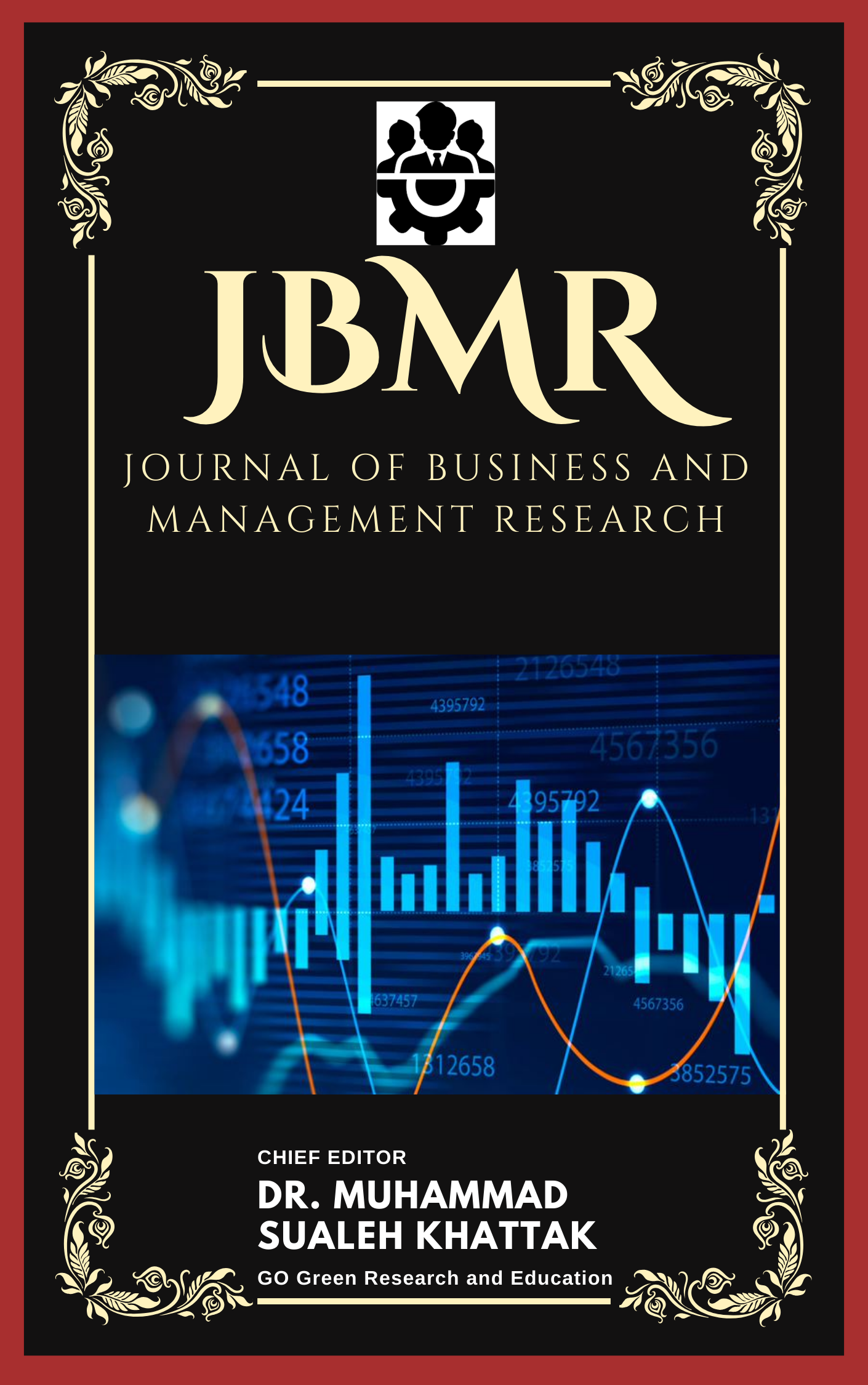Measuring The Impact Of Perceived Authentic Leadership On Innovative Work Behavior: The Mediation Moderation Analysis
Abstract
Leader support has the power to increase employee creativity and create an environment that is favorable for job autonomy in innovative behaviors. The study set out to investigate the impact of perceived authentic leadership on employees' innovative workplace behavior. The study also suggested looking at how job autonomy shapes the association between workers' innovative work practices and their perception of authentic leadership. Supervisors provided insights into employees' innovative behavior, while employees reported other aspects. A total of 384 middle and functional management employees from information technology companies were surveyed. The data was then subjected to a number of studies using Smart PLS 4 and SPSS, including structural equation modeling, confirmatory factor analysis, ANOVA, and reliability analysis. The results of structural equation modeling showed a strong predictive link between workers' innovative activity at work and their perception of authentic leadership. Furthermore, the relationship between innovative work behavior and perceived authentic leadership was found to be significantly mediated by employees' creativity. Significantly, the association between employee creativity and creative work practices was found to be moderated by social cognitive theory. The study concludes that perceived authentic leadership support has a critical role in improving staff performance in the information technology sector, which in turn promotes overall firm growth.
Key words: Perceived authentic leadership, Innovative Work Behavior, Employee Creativity, Job Autonomy


